Humble, light-hearted, and astonishingly talented, it was no surprise to me that artist Bill Sienkiewicz has become a name synonymous with genre-bending artwork as I waited for our interview in his shared booth with Alex Ross at New York Comic Con. With stark-white walls filled with mind-blowing artwork reflecting the abstract nature that the artist is famed for, I couldn’t help but be overwhelmed at the sheer breadth of his portfolio ready to be displayed in his upcoming retrospective, Bill Sienkiewicz: Revolution, Volume 1.
If my fan-girling comes across as confusing because you don’t know who Sienkiewicz is, then perhaps you’d better remember him as the multiple-Eisner winning artist on titles New Mutants, Elektra: Assassin, Moon Knight, and most recently New Mutants: War Children; inker for Batman: Odyssey, and Daredevil: End of Days; or his own critically acclaimed series Stray Toasters.
Needless to say, you can’t throw a stone without hitting an incredible title that Sienkiewicz has tackled within the comics industry. So it only makes sense that he is being celebrated with Bill Sienkiewicz: Revolution: Volume 1 — a three-volume retrospective of Sienkiewicz’s art and impact on the comics world from Six Foot Press. Luckily for me, I had the opportunity to sit down with Sienkiewicz himself to talk about the release of Bill Sienkiewicz: Revolution, New Mutants: War Children, and his take on art in comics.
Chloe Maveal: Bill! You’ve got this amazing retrospective, Bill Sienkiewicz: Revolution Vol.1, coming out! How does that make you feel as far as an entire three-volume series being dedicated to you and your astounding portfolio of work over the years?
Bill Sienkiewicz: I have to remind myself that it’s three volumes because when I look at the first volume here, I feel like I’ve not done nearly enough.
Maveal: Really?!
Sienkiewicz: Oh yeah. It’s the classic artist dilemma. I don’t know if it’s criticism or delusion, but there’s so much more that I’d like to try and do. But at the same time, I can look back when looking at it and go okay, there’s some stuff that I’m sort of proud of here. I almost have to look at it with a little bit of dispassion so I can remove myself and my ego from the equation to see anything I like.
Maveal: …like it feels embarrassing for you?
Sienkiewicz: Yeah, kind of like that. Sometimes I’ll look at something and I’ll say ‘Huh. That was an interesting direction that I forgot I did. Maybe I’ll try going down that way and see where it leads now.’
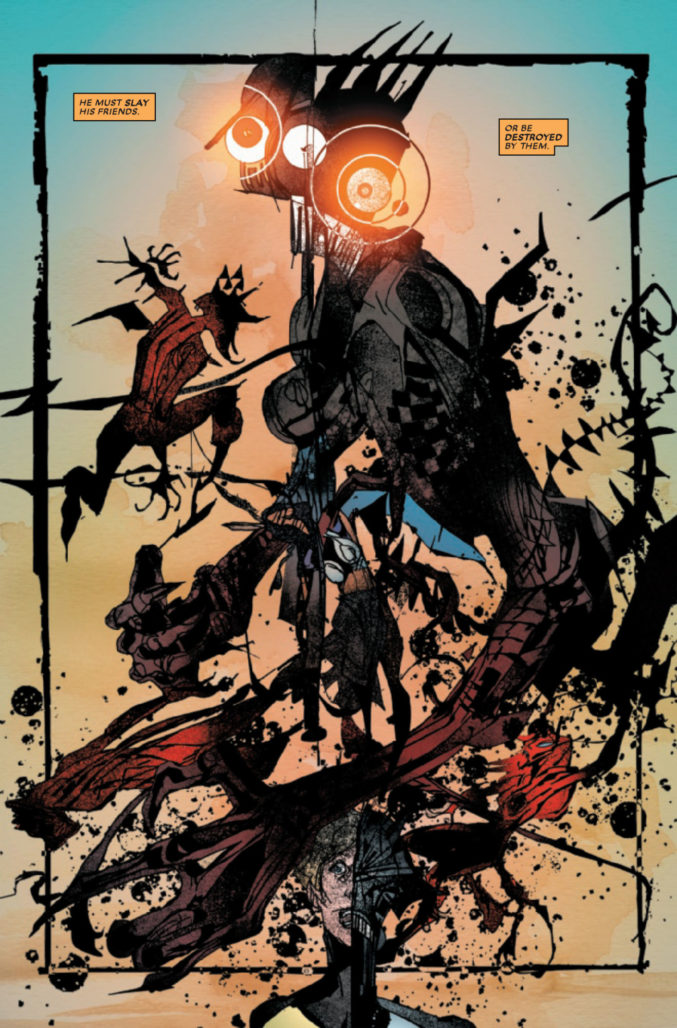
Maveal: Well, speaking of seeing where old techniques lead to, you and Chris Claremont just teamed back up to do your New Mutants: War Children one-shot for Marvel’s anniversary celebration. What was it like revisiting that? As a reader it felt like your content for New Mutants back in the 1980’s, but you turned it up to eleven.
Sienkiewicz: [laughs] It actually made me a little nervous when I was approached about it because there are certain people — Chris and I being some of them — who are very proud of what we did on the New Mutants. Hopefully a film will come out eventually, but there are a number of fans that really hold it in a special place. So the thought of going back to that, there’s no guarantee of it not going off the rails. Maybe it’s just not there anymore or the styles and techniques don’t mesh; maybe I’m drawing in a style that I just don’t feel anymore. So when I started working on it, it caused me anxiety to no end. When I started working on it I said that I just had to triple down and push it and elevate it. Then I started hitting walls and I hated everything I was doing. What help me come around, though, was that I started thinking about the characters. Chris and I had some conversations that basically brought to light that what made it so successful the first time was that it was about the kids; it wasn’t just about pushing boundaries for the sake of it. So I pulled back on the craziness and thought of it like this was the final story. It’s familiar enough that people can feel that it’s in the same vein of the stuff that Chris and I did way back when, but it’s different enough that people can see the changes that we’ve gone through artistically since then as well. Most people who know me well know that I’ve actually been apologizing for how it turned out. I just feel like it went off the rails.
Maveal: Well, I loved it. I loved it SO MUCH.
Sienkiewicz: Oh, thank you! People have been responding so favorably. It’s heartwarming. What really gets me is that my favorite stuff is really about what I’ve done with the characters. I’ll look at a piece and see how it works as a picture; whether that’s artistically or as an abstract. But on these it was about the heart that was behind the characters. It was nice to be reminded of that again. In that respect it was like Chris and I had just worked together yesterday.
Maveal: In that same vein, are there any other series that you would revisit if given the chance?
Sienkiewicz: You know, never say never. Even with the mutants I felt like I had done my part with them. I don’t necessarily feel like this was a groundbreaking experience. It was more of a final tip of the hat to the characters, so the idea of doing that with Elektra or Moon Knight — it would have to be a really, really interesting story. I feel like they mark a certain period of time in terms of my growth and my artistic journey. Unless it’s a really impressive brand-new take, I don’t know if I’d want to revisit my artistic past in that way again.
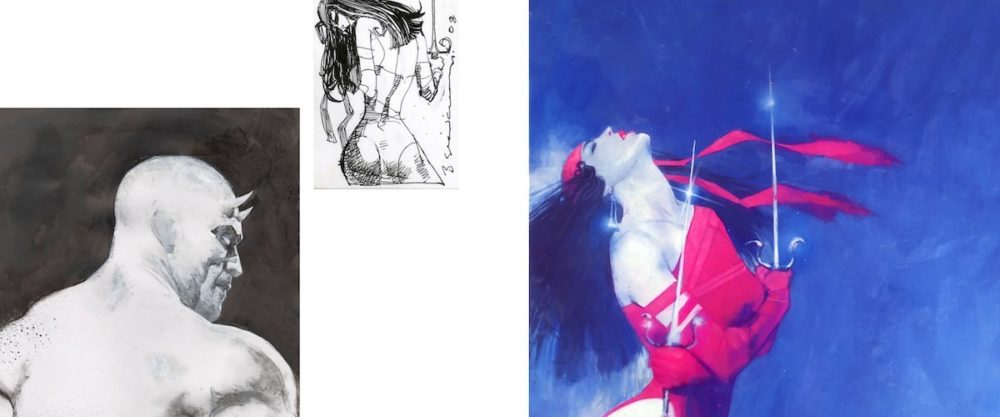
Maveal: That’s understandable. Even with the incredible artwork that you’re doing now, there’s an intense rawness to it; but based off of our conversation thus far, I’m sure there’s a lot of refinement that goes into making something that emotional.
Sienkiewicz: Some of these are a little rougher than my earlier stuff. I’m going with my initial feeling right now and I’m finding that the rougher edges actually work. I’d rather have something be a little wonky-looking than refined and stilted. But even some of these pages I redrew five or six times to get them where I wanted as just the right mix of rough and tight.
Maveal: So there’s sort of a sweet spot you get to?
Sienkiewicz: It’s sort of like Lorne Michaels from Saturday Night Live who says “We don’t go on because we’re ready; we go on because it’s 11:30pm on Saturday Night”. Sometimes I just turn in the pages because I have to turn in the pages — not because I feel like they’re ready. More often than not it’s a “go with God” sort of thing. If I had a little more time I might be able to tweak this or that. But honestly it’s nice to have someone there to cut the cord and take it away from me or else I’ll try to perfect it to death.
Maveal: That’s sort of the curse of the artist, isn’t it? Nitpicking something even though it’s already amazing.
Sienkiewicz: Oh, yeah. Seeing nothing but the mistakes, wanting to do just one more thing, never really seeing what everyone else does. Definitely.
Maveal: Sometimes you’re not the person pencilling either. You’ve got a new The Question series coming out where you’re doing inking for Dennis Cowan. Is it nice to sometimes just focus on doing ink work?
Sienkiewicz: The one thing about comics that I love most is that they’re a great collaborative medium, so you get a great mix of styles that you don’t get anywhere else. I’ve known Dennis since we were just starting out so we have history. We have a language that we speak so that we know what the other one needs and what we can expect. I love working with him. But the other thing about working with a penciller is that you kind of walk in their shoes a bit. I like being a part of that communal experience. If I’m doing my own work, that’s one thing. It’s sort of like being a solo artist but also being a part of a band. It keeps it all very fresh.
Maveal: You’ve sort of gone from being in a band to being a solo artist and featured artist based on your past as well. I know back in the day when you were first coming up you caught a lot of attention for being compared to Neal Adams. Now you’ve become known for your own very distinct style. How is it for you having broken away from all of that and having your name stand for excellence in its own right?
Sienkiewicz: It feels good. It was kind of a personal ultimatum that I had mad to myself because growing up in a rural area, when I first discovered Neal’s work in my early teens, I hated it. Then I decided I was going to do comic books and I fell in love with it. I learned a lot from drawing his work, but I also studied anatomy and kept trying to make my own style of comics. So when I really got into working in comics with Moon Knight, I then decided that I had to get out of it and move on. I realized that I wanted to do stuff that just wasn’t Neal. I wanted to do what I had learned from studying and from art school. I was criticized so much for being a clone. I knew I loved comics and I was either going to do my own stuff or get out completely. There was no other option for me. There are a lot of people who still do the Neal thing or use him as their primary influence, but I just wanted to try so much and do so much more on my own. I still do.
Maveal: With all of the things that you have — and continue to — try with your work in mind, what do you have to say about being considered one of the first artists to bring in a distinct fine art influence into the comics world?
Sienkiewicz: Comics are art. There is no difference to me. So in that sense I just feel like I’m another one in line of the tradition of people who have done fine art. I may have brought in some things that art more associated with the traditional sense of fine art, but that’s only because I know the medium can handle it. That’s why I love seeing all of the young talent coming up. They’re defining the terms of what comics and art means now. It’s expanding the language and the medium and I absolutely love that. Anything you throw at comics, it can handle it.
Bill Sienkiewicz: Revolution, Volume 1 will be available online and at your local bookstore on November 5, 2019.


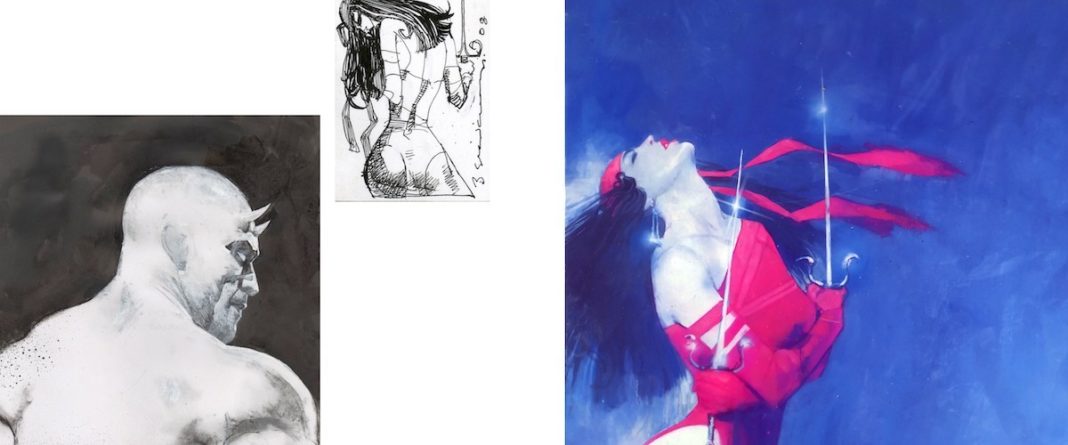
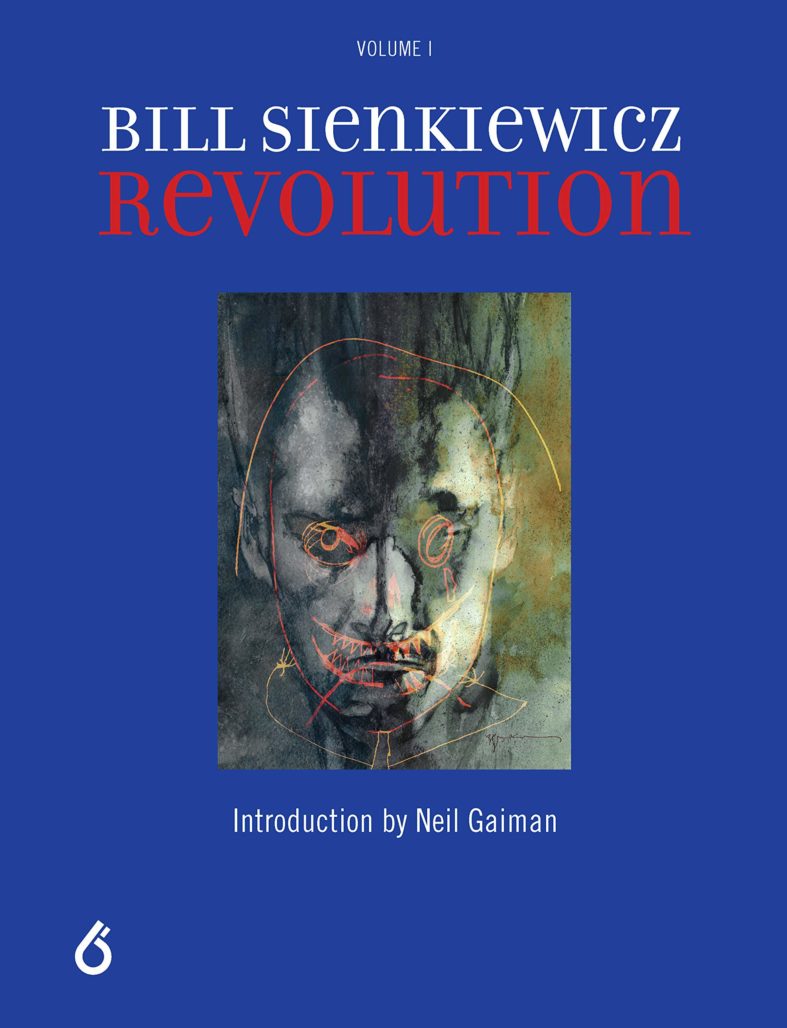
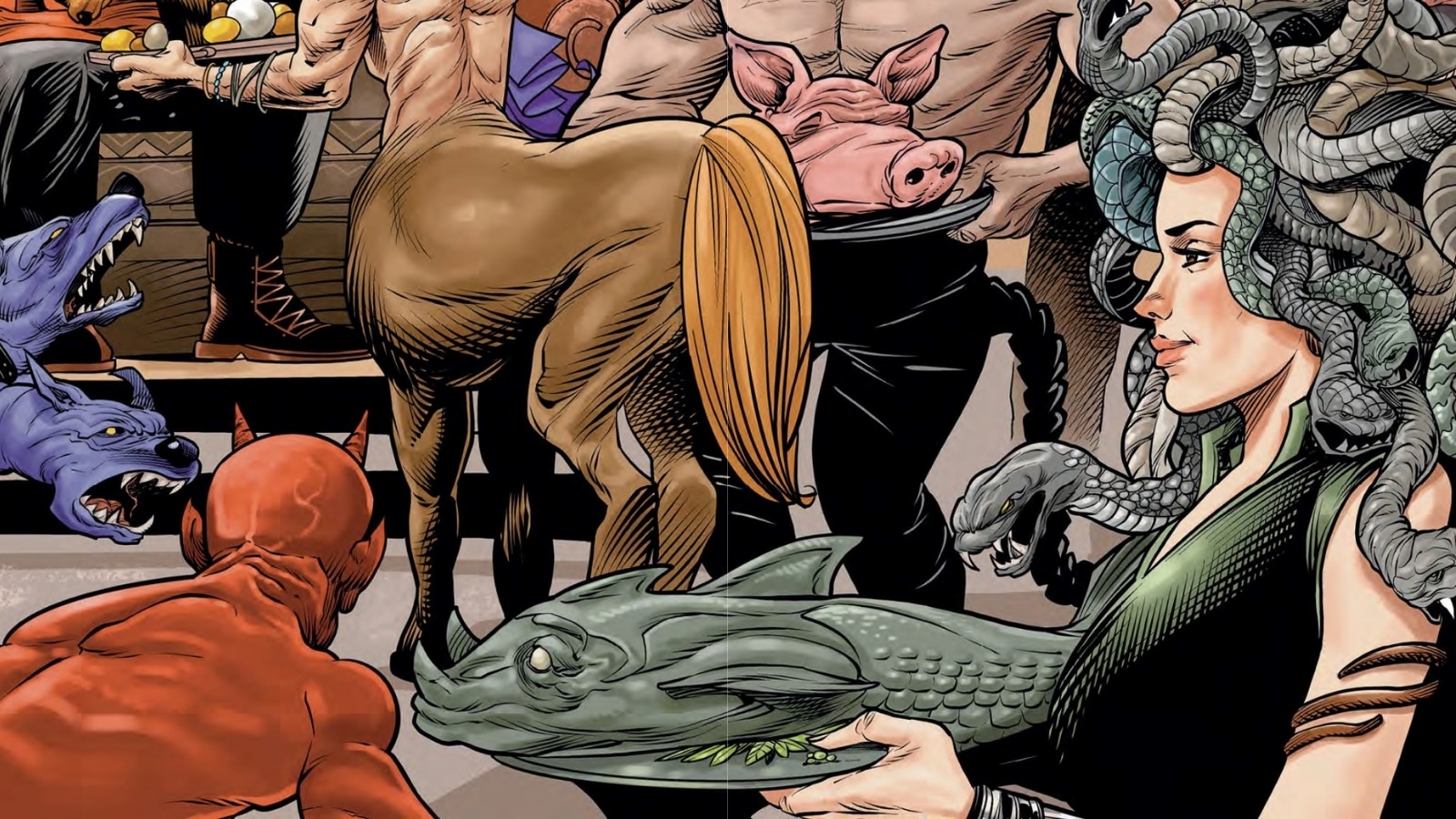
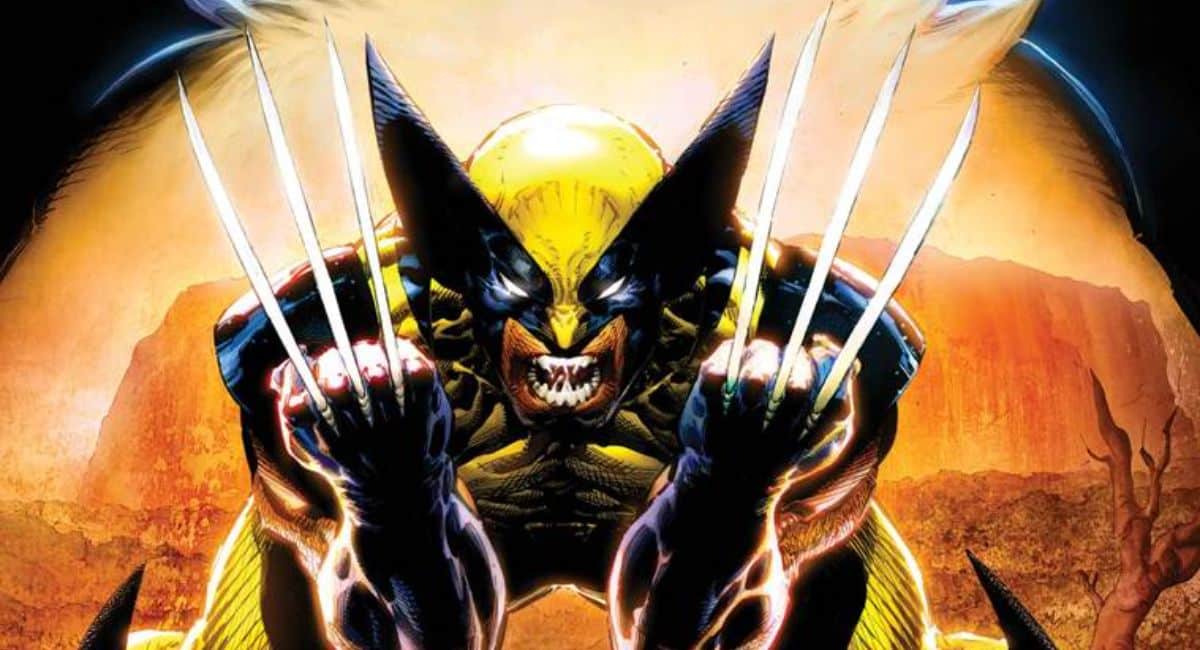




Comments are closed.